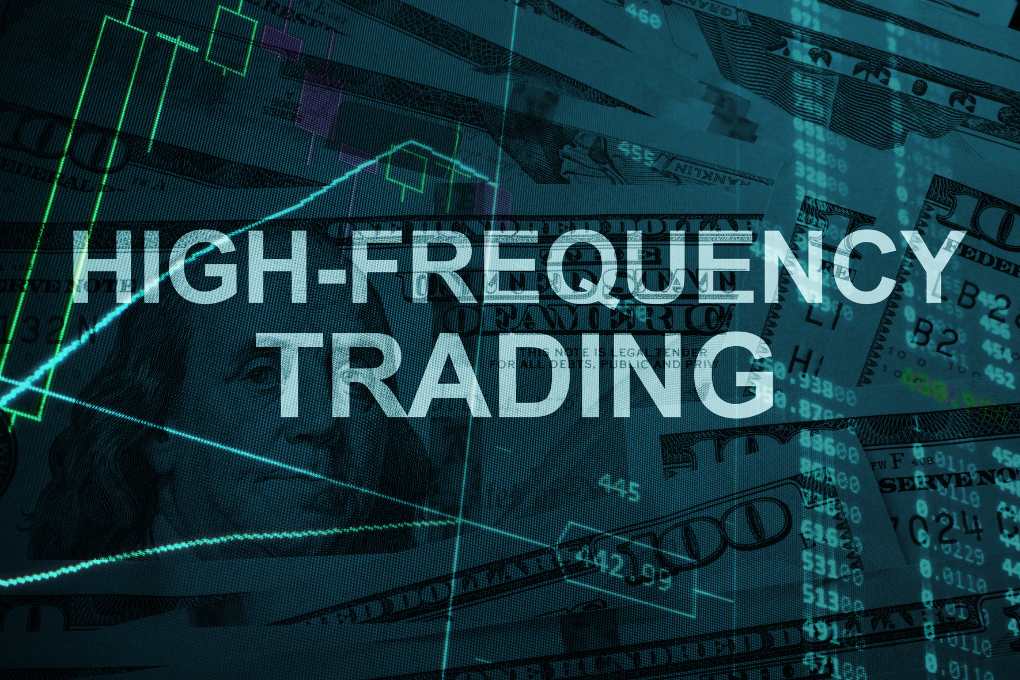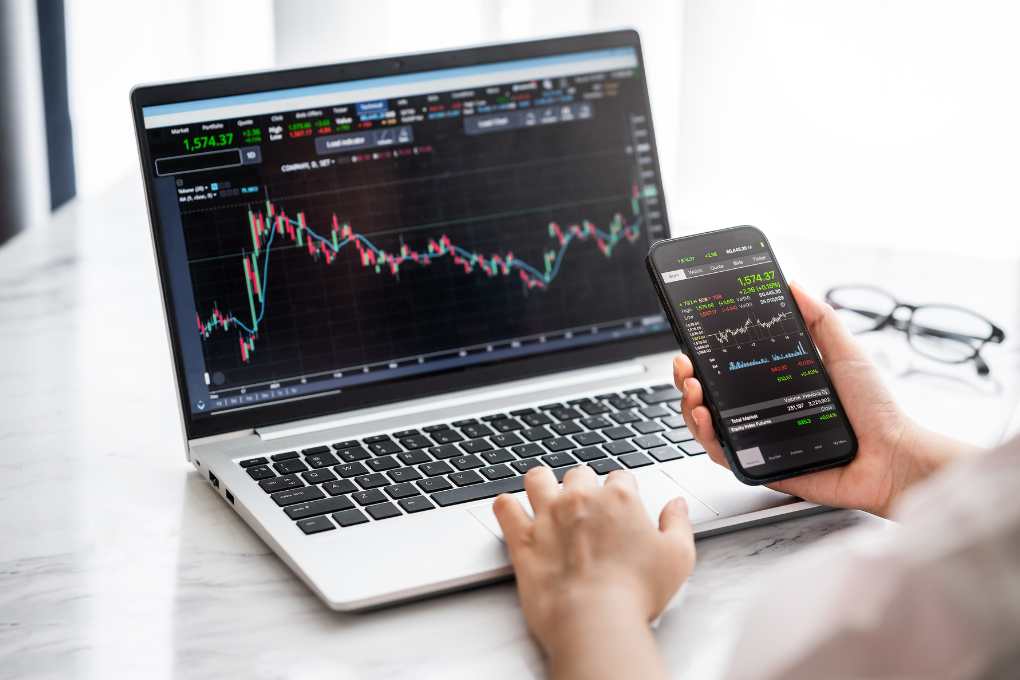Technology has had a dramatic impact on stock trading. From electronic trading platforms to artificial intelligence and blockchain integration, technological innovations have altered how investors and traders engage with financial markets. This article investigates the many facets of technology’s role in modern stock trading – its accessibility, efficiency, and trading strategies impacts are examined thoroughly here.

The transition from traditional floor trading to electronic trading platforms marks an important moment in stock trading history. Transactions were previously conducted manually, leading to delays and errors. Now, investors can trade from anywhere around the world using online trading platforms – giving individuals greater access to markets without needing a broker. Platforms like Zerodha and Upstox provide user-friendly interfaces and extensive market data making trading more accessible than ever for wider audiences.
High-frequency trading (HFT) and algorithmic trading have emerged as two of the most innovative technological developments in trading. HFT uses complex algorithms to quickly execute orders at lightning speed and capitalize on minute price fluctuations; its rapid execution not only enhances market liquidity but also presents unique risks such as potential volatility that necessitate risk management strategies with greater sophistication.

Algorithmic trading enhances trading efficiency by employing advanced mathematical models to analyze vast datasets. Algorithms developed for algorithmic trading can identify trends quickly and execute trades precisely while mitigating emotional or psychological influences that often hinder human traders. Due to these advantages, algorithmic trading has become a popular strategy among institutional investors – contributing towards a more efficient market overall.
Integrating data analytics into stock trading has revolutionized how investors make decisions. Equipped with access to real-time market data, traders are better able to analyze trends, assess risks, and identify investment opportunities more accurately than ever. Advance tools allow market analysts to provide accurate forecasts that lead investors towards lucrative prospects – this data-driven approach to trading allows investors to respond swiftly and strategically when changes in the market occur.
Mobile trading apps have revolutionized the trading landscape, providing investors with a convenient means of trading anywhere they have mobile access. Smartphone users are able to gain market information, place trades, monitor their portfolios, and execute trades wherever they may be located. By 2021, approximately 20% of total exchange trading volumes involved mobile technology for stock trading purposes alone! Apps like Moneycontrol and Stockedge have become indispensable resources for investors providing quick access to a wealth of knowledge at their fingertips.

Blockchain technology has added an unprecedented level of security and transparency to stock trading, by providing a decentralized and immutable ledger of transactions that protects the integrity of trading processes. Blockchain has opened the way for innovations like cryptocurrencies and smart contracts that are revolutionizing asset trading processes. Furthermore, its secure nature protects investors against fraud while streamlining settlement processes compared with traditional trading methods, saving time and costs associated with trading methods such as futures trading.
Artificial Intelligence (AI) represents a landmark achievement in financial services. Artificial intelligence algorithms can analyze massive datasets to forecast market trends and offer personalized investment advice, giving traders more chances of success in an ever-evolving market environment. Furthermore, AI allows for the creation of automated investment management services tailored specifically for individual investor profiles through robo-advisors – another notable advancement.
Technology has greatly enhanced risk management practices within the trading environment. Advanced analytics and real-time monitoring tools help traders evaluate and mitigate risks more efficiently, while regulatory compliance has become more efficient due to automated systems ensuring adherence to emerging financial regulations. This proactive approach to compliance fosters trust and integrity within markets while assuring investors of their safety.

Even as technology has brought great benefits to stock trading, it also poses numerous obstacles. Cybersecurity threats are becoming an increasing risk; increased reliance on digital platforms exposes investors to possible risks. In addition, certain demographics may lack access to advanced trading tools – emphasizing the need for inclusive solutions.
At its core, stock trading technology will continue to focus on increasing security measures and making advanced trading tools more accessible to investors. Innovations such as voice command-based trading and AI will likely shape future trading strategies that provide even greater efficiency and individualization for investors.
Technology’s role in modern stock trading is transformative, revolutionizing efficiency, accessibility, and sophistication across market operations. As technology progresses it will further alter trading techniques presenting both opportunities and risks; investors and traders must adapt quickly to these technological shifts if they wish to remain successful within today’s financial environment; embrace innovation while taking into account potential risks will ensure survival within this dynamic atmosphere.
Examine our analysis, “The Sensex Goes Up: Why the IT Sector is Thriving,” to uncover key insights into the sector’s growth and its economic impact.